Salvador de Bahia: From Colonial Capital to Cultural Beacon
Salvador de Bahia, officially known as São Salvador da Bahia de Todos os Santos, is the capital of the Brazilian state of Bahia. Renowned for its rich cultural heritage, vibrant music, dance, and distinctive cuisine, Salvador is a testament to Brazil's dynamic history.
Salvador de Bahia: A Living Mosaic of History and Culture
Salvador de Bahia, officially known as São Salvador da Bahia de Todos os Santos, is the capital of the Brazilian state of Bahia. Renowned for its rich cultural heritage, vibrant music, dance, and distinctive cuisine, Salvador stands as a testament to Brazil's diverse and dynamic history. Founded in 1549 as the first capital of Brazil, the city's historical significance is beautifully encapsulated in its Historic Center, known as Pelourinho, a UNESCO World Heritage site. Exploring Salvador's unique blend of cultural influences, historical importance, and architectural splendor reveals the city's profound impact on Brazilian culture and history.
Historical and Geographical Context
Founding and Early Development
Salvador de Bahia was founded by the Portuguese in 1549, marking it as one of the oldest colonial cities in the Americas. Strategically located on a peninsula that separates Todos os Santos Bay from the Atlantic Ocean, Salvador quickly became a central hub for Portuguese colonial activities in the New World. The city's division into the Upper Town (Cidade Alta) and Lower Town (Cidade Baixa), separated by an 85-meter (278-foot) escarpment, symbolizes its historical and social stratification.
The Elevador Lacerda
Connecting the Upper and Lower Towns is the Elevador Lacerda, Brazil's first urban elevator, which has been operational since 1873. Initially a hydraulic elevator, it was converted to electrical operation in 1906 and renovated in 1930 in the Art Deco style. The elevator remains vital to Salvador's urban infrastructure, carrying thousands of passengers daily on its 30-second journey.
Cultural and Demographic Mosaic
Population and Ethnic Diversity
Salvador is home to approximately 2.9 million residents, making it the largest city in the Northeast Region and the fourth largest in Brazil. The population is a rich tapestry of African, European, and Native American ancestries. A 2015 autosomal DNA study revealed that Salvador's population comprises 50.8% African, 42.9% European, and 6.4% Native American genetic heritage. This diverse heritage results from 500 years of interracial marriage, significantly shaping the city's culture and traditions.
African Influence
Salvador's African heritage is particularly prominent, with cultural practices from Angola, Benin, Congo, Ethiopia, Nigeria, Senegal, and Mozambique deeply embedded in the city's fabric. This influence is evident in the city's music, dance, cuisine, and religious practices, making Salvador a unique cultural melting pot.
Climate and Tourism
Climate
Salvador enjoys a trade-wind tropical rainforest climate characterized by high temperatures and humidity year-round, with no marked dry season. This consistent climate supports the city's lush vegetation and contributes to its appeal as a tourist destination.
Tourism
As Brazil's second most popular tourist destination after Rio de Janeiro, Salvador attracts visitors with its historic charm, vibrant festivals, and stunning beaches. Porto da Barra Beach is frequently listed among the world's best beaches. The Bahian Carnival, the largest party on the planet, draws nearly 4 million participants annually, celebrating across 25 kilometers (16 miles) of streets, avenues, and squares.
Economic Significance
Trade and Industry
Since its founding, Salvador has been a vital port and trading center. The city boasts a large oil refinery, a petrochemical plant, and various other industries, which have reduced its historical dependence on agriculture. Salvador remains a major Brazilian port and a crucial economic hub in the Northeast Region.
The Historic Center of Salvador de Bahia (Pelourinho)
Architectural Heritage
Pelourinho, the Historic Center of Salvador, showcases colonial architecture from the 17th to the 19th centuries. The area is renowned for its religious, civil, and military buildings, including the Catedral Basílica de Salvador and the churches and convents of São Francisco, São Domingos, Carmo, and Santo Antônio. These structures reflect the city's historical importance and architectural evolution.
Cultural Convergence
Pelourinho symbolizes the blending of European, African, and Amerindian cultures. From 1558 to the present, it was the site of the first slave market in the New World, where enslaved people were brought to work on sugar plantations. This multicultural past is still evident in the historic center's vibrant culture and traditions.
Notable Districts and Buildings
The Historic Center includes several key districts: Sé, Pelourinho, Misericórdia, São Bento, Taboão, Carmo, and Santo Antônio. Prominent public spaces like Municipal Plaza, Largo Terreiro de Jesus, and Largo de São Francisco, alongside baroque palaces such as Palácio do Arcebispado, Palácio Saldanha, and Palácio Ferrão, add to the area's historic and aesthetic value. The streets are lined with brightly colored houses decorated with fine stuccowork, characteristic of the colonial city.
Conclusion
With its rich cultural heritage and historical significance, Salvador de Bahia stands as a vibrant testament to Brazil's colonial past and multicultural present. Its Historic Center, Pelourinho, encapsulates the city's architectural splendor and cultural diversity, making it a key destination for tourists and historians alike. As Salvador thrives economically and culturally, it remains a beacon of Brazil's dynamic history and diverse heritage.
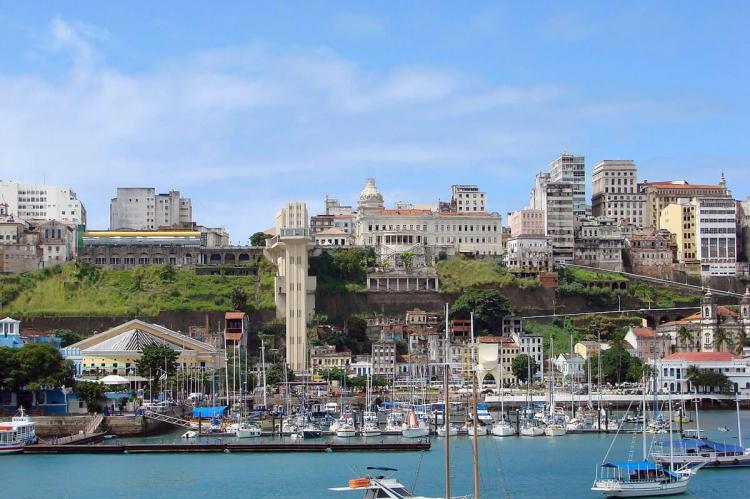
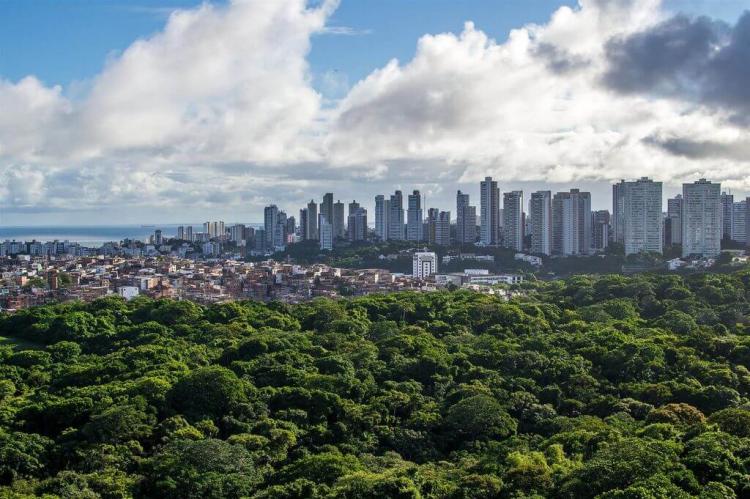
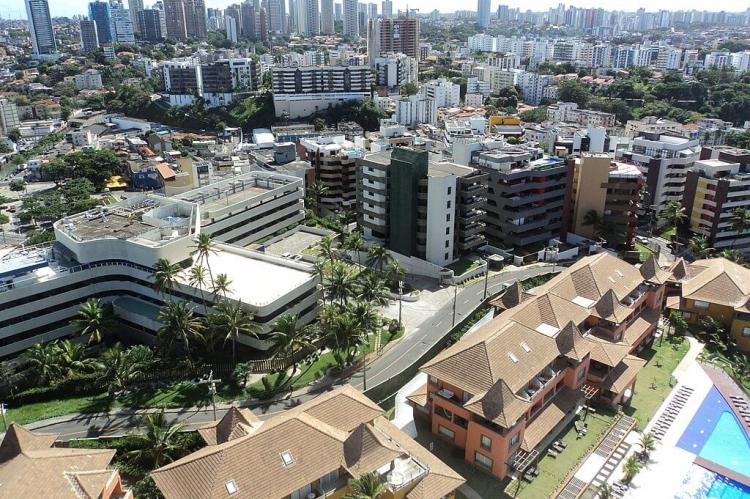
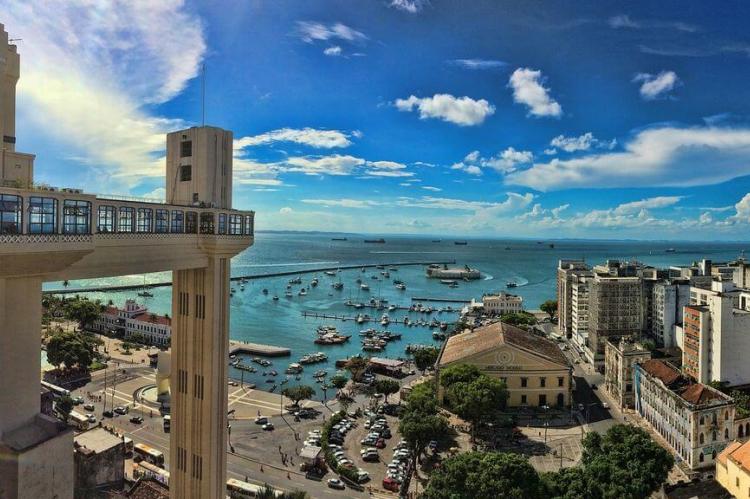
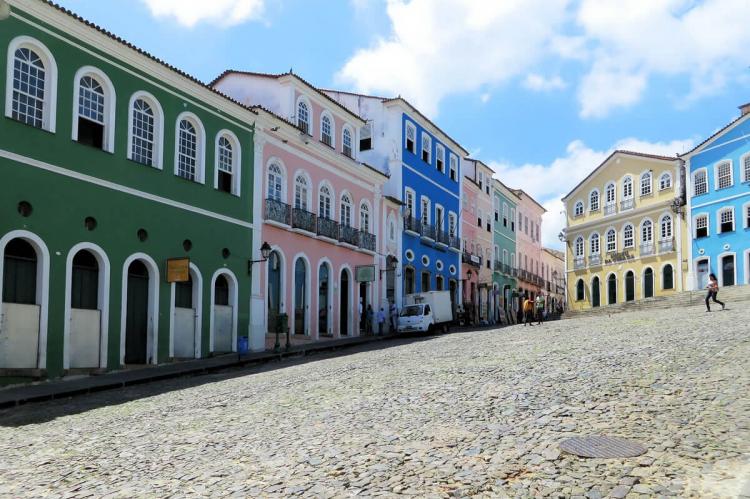
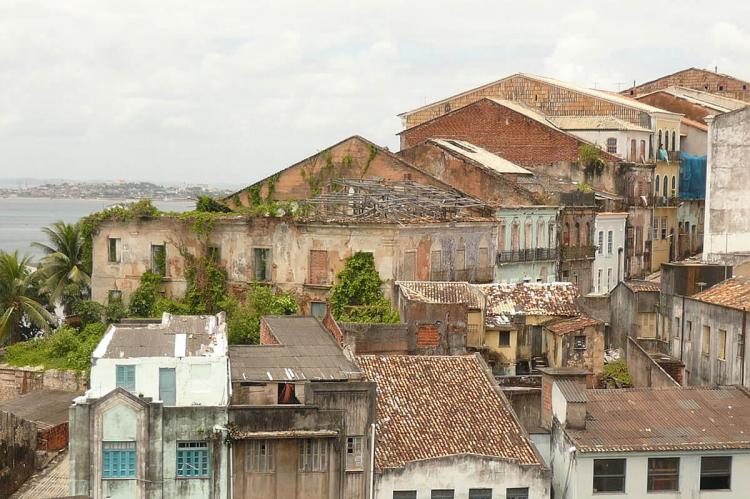
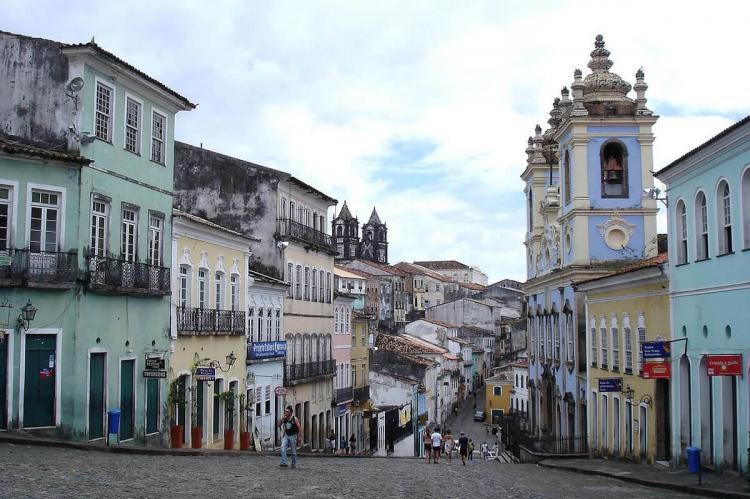
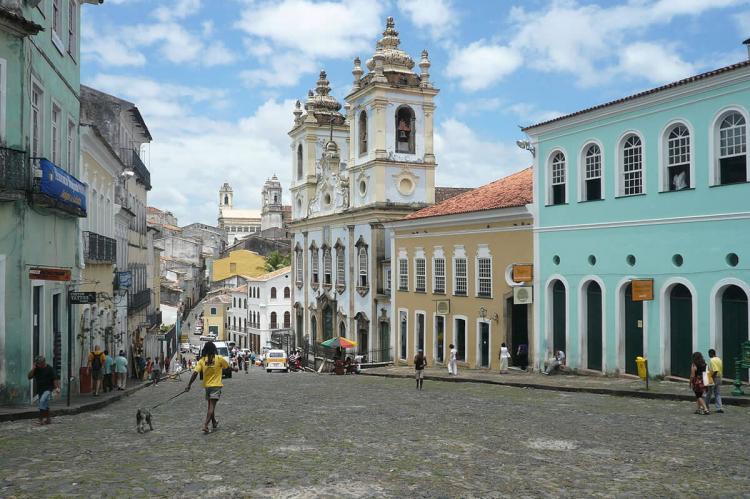
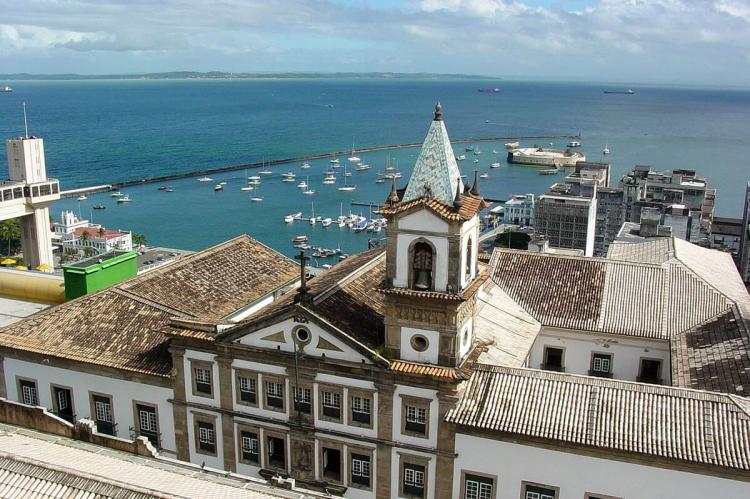
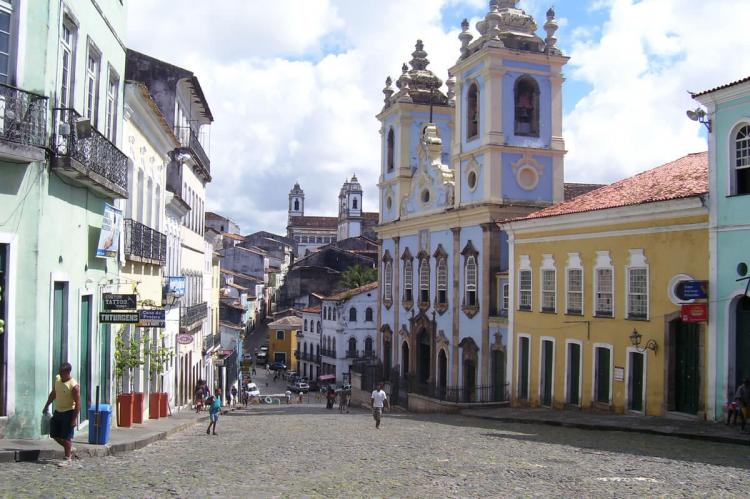
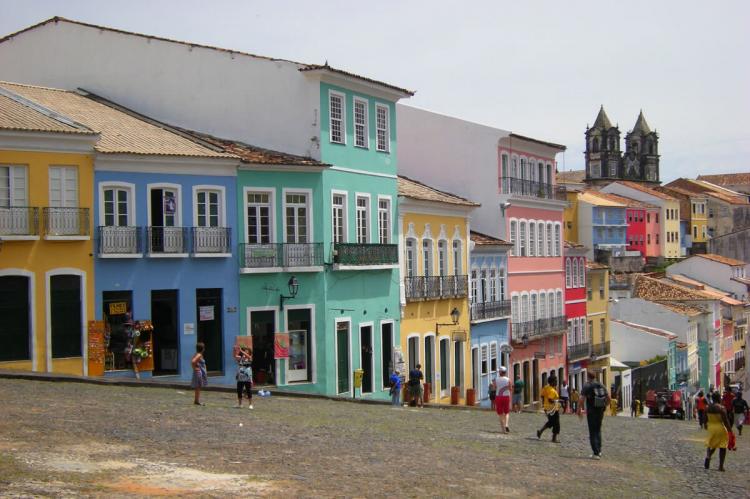
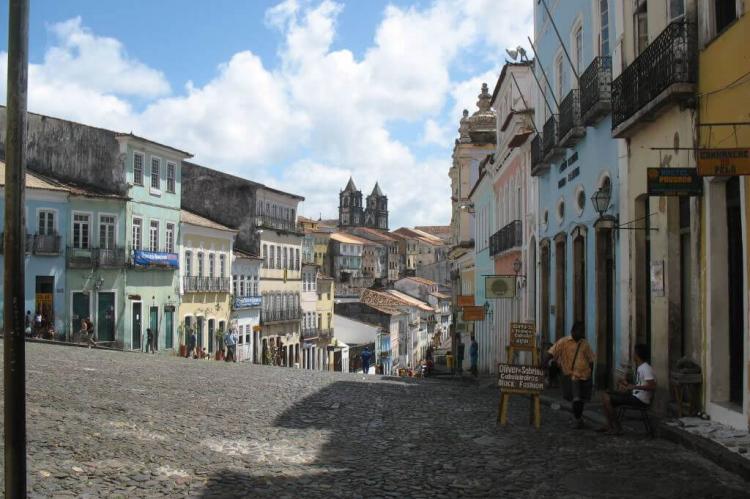
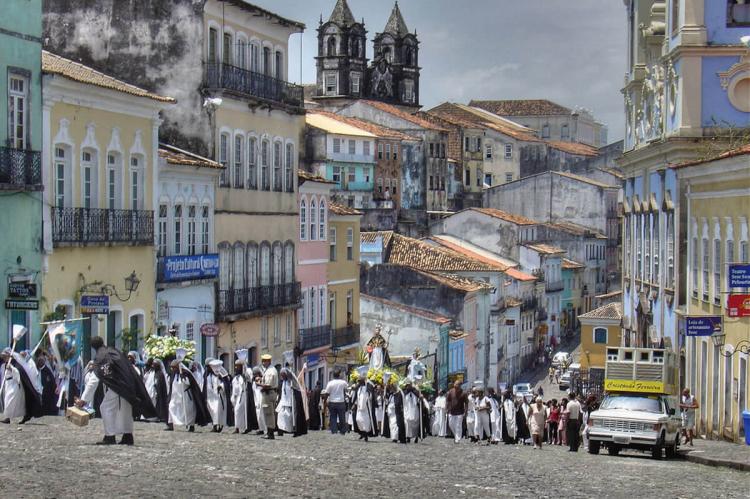
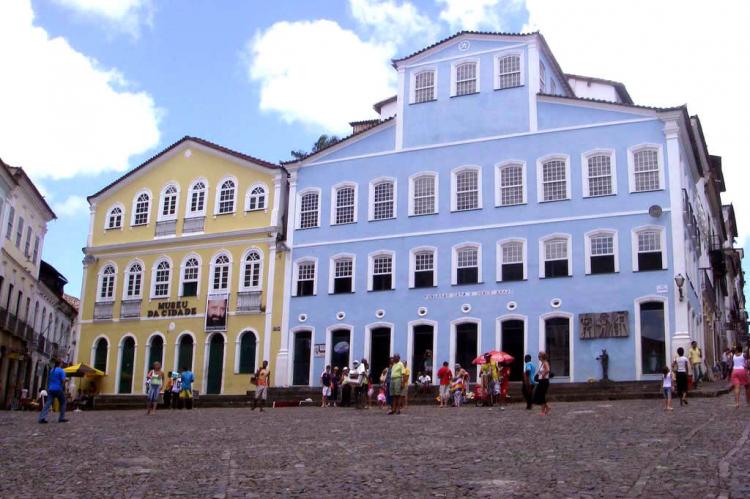
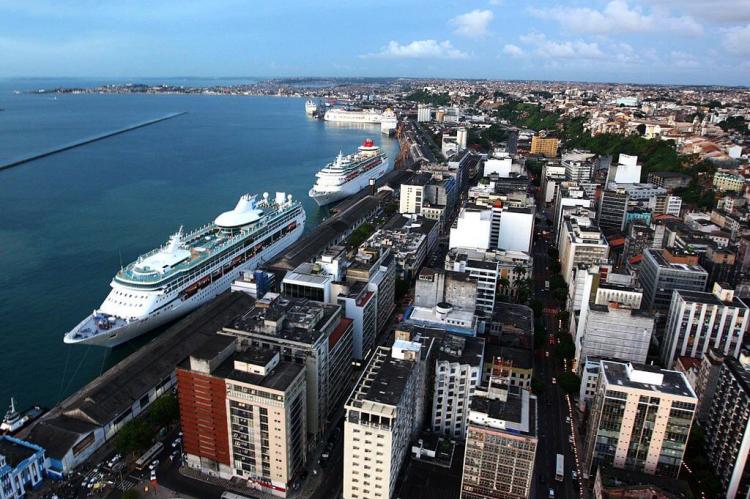
![Carnaval in Salvador, Bahia, Brazil by Foto:Antônio Cruz/ABr [CC BY 3.0 BR (https://creativecommons.org/licenses/by/3.0/br/deed.en)] Carnaval in Salvador, Bahia, Brazil](/sites/default/files/styles/large/public/bloco_da_camisinha_circuito_campo_grande_salvador_opt%20%281%29.jpg?itok=gWnF7IYW)